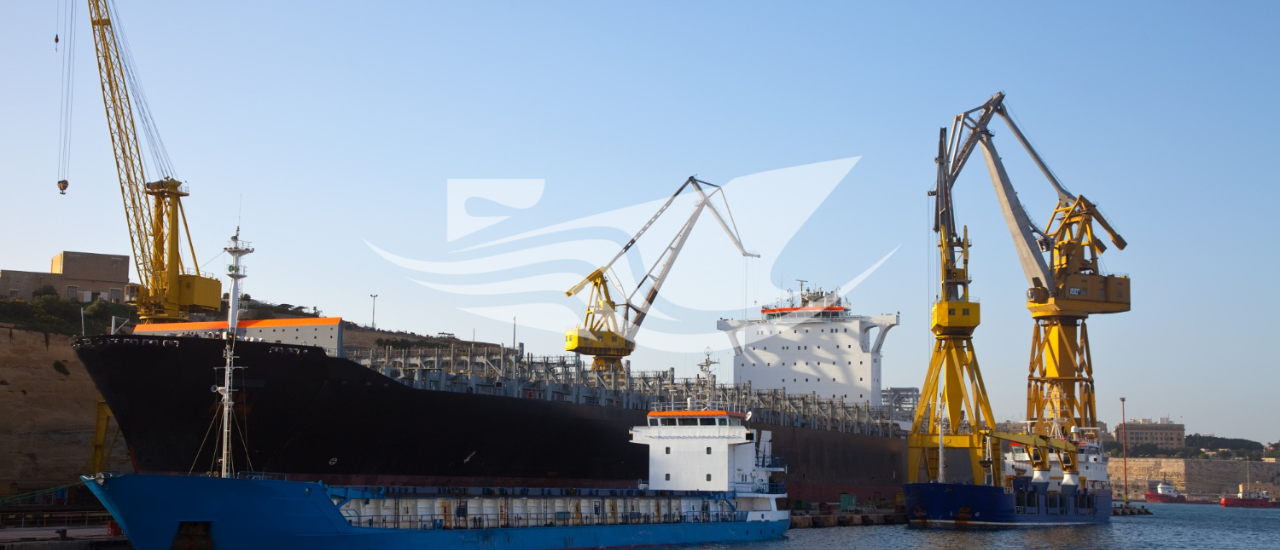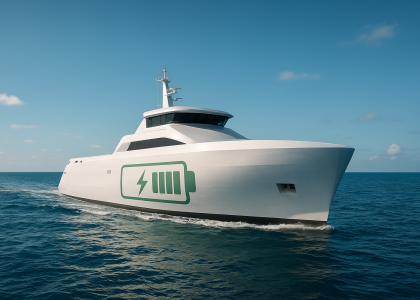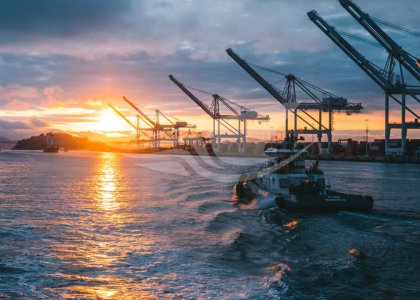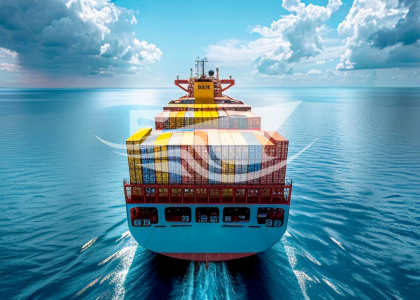Liquefied natural gas (LNG) continues to be a cornerstone in global energy supply. As the demand for cleaner fuels rises, the LNG carrier plays a vital role in transporting natural gas efficiently and safely. Designing these vessels requires a meticulous balance between maximizing cargo capacity, ensuring crew safety, and complying with strict safety standards (image by: freepik).
Why LNG Carrier Matter in Modern Energy Transport
In the transition from heavy fossil fuels, LNG is considered one of the cleaner interim solutions. With lower carbon emissions and reduced sulfur and particulate matter compared to crude oil, LNG carriers help shipping lines meet evolving environmental regulations and sustainability goals.
Build a high-performing LNG carrier. Our designs prioritize both safety standards and operational efficiency.
Core Elements of LNG Carrier Design
The design of an LNG carrier revolves around several critical aspects:
- Cargo tank configuration: Choosing between membrane, Moss-type, or spherical tanks influences thermal insulation performance and cargo capacity.
- Containment systems: Ensuring zero leakage with durable, double-walled structures and vacuum-insulated foam.
- Hull and structure: Designing hulls to minimize sloshing effects while optimizing hydrodynamics for fuel efficiency.
Safety Standards in Gas Vessel Design
Safety is paramount in gas vessel design. LNG poses risks of cryogenic burns, flammability, and pressure anomalies. Designers must integrate multiple safety systems such as gas detection sensors, emergency shutdown valves, and dedicated ventilation zones. These features align with IMO’s IGC Code and classification society regulations.
Thermal Management and Energy Efficiency
Maintaining LNG at approximately –162 °C requires advanced thermal management. Insulation materials, reliquefaction systems, and waste-heat recovery are essential. Waste heat from the main engines can be used to drive compressors for reliquefaction, improving overall energy efficiency.
Designing for Operational Efficiency
Operational efficiency for an LNG carrier extends beyond energy savings. Deck layout, cargo flow systems, and automation influence loading/unloading speed and vessel uptime. A well-organized pump room and optimized piping ensure minimal boil-off and enhanced operational performance.
Regulatory Compliance and Crew Training
IMO regulations, including the IGC Code and MARPOL Annex II, set strict standards for LNG carriers. Compliance also requires crew training on cryogenic handling, emergency response, and safety drills. Human factors engineering should inform living quarters, control rooms, and workspaces.
Future Innovations in LNG Carrier Design
As the maritime industry pushes for greener operations, future LNG carriers will integrate hybrid propulsion, battery-assisted systems, and even dual-fuel engines capable of shifting between LNG and ammonia. Digital twin simulations, real-time performance monitoring, and predictive maintenance are expected to become standard.
Ensure optimal safety and efficiency for your gas carriers. Consult our experts for advanced LNG vessel design and compliance.







